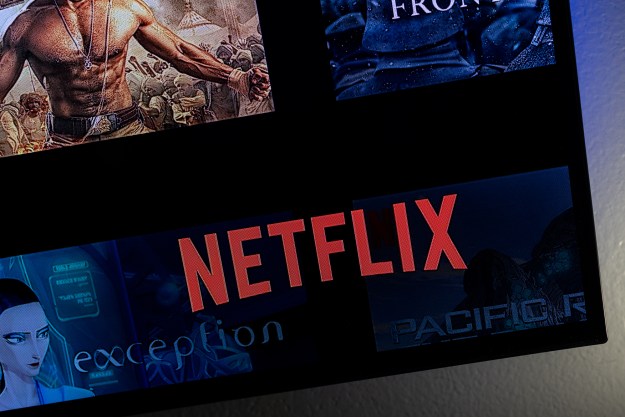Anyone who’s using someone else’s Netflix login has been waiting with bated breath for more details about whether they’re soon going to have their friends pay more, get their own account, or something more draconian. Today, the streaming service outlined plans for four more countries — but the U.S. is not among them.
In a blog post reminding us all that more than 100 million households share accounts, Netflix said that it’s rolling out new rules in Canada, New Zealand, Portugal, and Spain. “Our focus has been on giving members greater control over who can access their account,” the company said.
The bottom line is this: Subscribers in those countries will have the option to pay more for “up to two people they don’t live with.” That’ll get them a new login and password, and along with those, personalized recommendations. Essentially, it’s a subsidized account. It’ll cost about $6 in U.S. dollars, or $8 Canadian, $8 in New Zealand, 4 euros in Portugal, and $6 euros in Spain.
Netflix previously employed this scheme in eight Latin American countries before scaling back to Chile, Peru, and Costa Rica.

One small catch — you can only add one extra member with the 1080p-limited Standard plan or two with the 4K-enabled Premium plan.
More on Netflix password sharing
What Netflix didn’t do, however, was say what it would do if you didn’t pay up. And it did at least attempt to take some of the sting out of the announcement, adding that you’ll have the ability to make sure that “anyone who lives in their household can use their Netflix account,” as well as make it easier to figure out who else might be freeloading. You’ll also be able to easily transfer a profile to a new account so that the recommendations don’t disappear. And you’ll still be able to watch while you travel, without being considered outside the law.
Password sharing once was a feature of a Netflix plan, not a bug, as the company openly celebrated its ability to spread beyond what actually was bringing it revenue. But 100 million households (the company seems to be conflating that with “people” in the latest blog post) simply became too much money to leave on the table. And so in 2022, it began attempting to reverse that practice. Netflix has announced that it plans to expand that plan by the end of the first quarter of 2023.
“We value our members and recognize that they have many entertainment choices,” Netflix said in closing. “A Netflix account is intended for one household and members can choose from a range of plans with different features.” While that still leaves a little wiggle room, it’s easy to see where the spirit of the scheme is going — and it’s toward making 100 million households/people/whomever pay up.
Editors' Recommendations
- Netflix to hide its subscriber numbers starting in 2025
- 23 of the best Netflix hacks, tips, and tricks
- Yes, Hulu is cracking down on password sharing, too
- Netflix is about to get more expensive, again
- Don’t bother sending back those final Netflix DVD rentals




